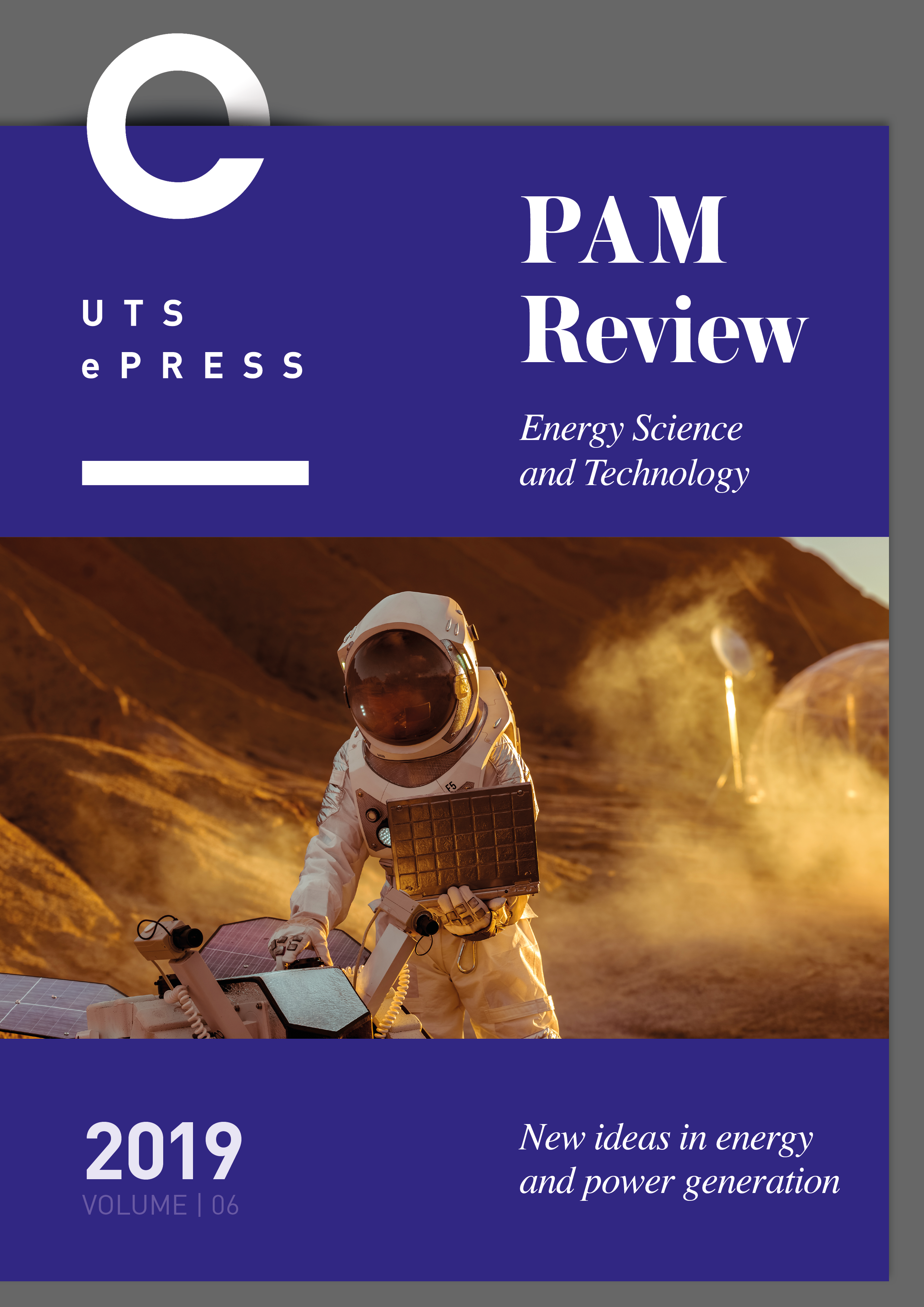A Meta-Analysis on the Advancement on the thermodynamic properties of clothing in extreme cold environments
Main Article Content
Abstract
When two systems with different energies are in contact, the heat from the higher energy system will move into the lower energy system and the two will reach equilibrium. Humans in extreme cold environments will perish if they do not keep appropriate heat contained within their system and thus it is the object of much historic research to maintain heat within a system for as long as possible. Research and development of cold weather clothing focuses on a range of methods regulating heat flow between clothing layers. Modern research focuses on air gaps between layers of clothing, development of new conventional insulating textiles and contemporary solutions such as the use of Phases Change [1]. The purpose of this paper is to conglomerate all of the current research into one meta-analysis highlighting the gaps in the research and potential areas in need of further study, and to propose a new article of cold weather apparel utilizing the most effective advancements from the papers collected in this study. It was found that each component of cold climate clothing affects an aspect of thermal resistivity. Thickness affects the windchill resistance, the specific heat increases thermal resistance of the fabric, while humidity increases thermal conductivity, air gaps reduce it and the rigidity affects all of these factors. Our findings suggest if the air gaps are above 8 mm, natural convection currents can occur which increase the thermal and moisture transfer between clothing layers. By analysing all of these factors, a new prototype garment was able to be proposed.
Keywords: Cold environment; clothing; thermoregulation.
Article Details
Issue
Section
Authors who publish with this journal agree to the following terms:
a) Authors retain copyright and grant the journal right of first publication with the work simultaneously licensed under a Creative Commons Attribution License that allows others to share and adapt the work with an acknowledgement of the work's authorship and initial publication in this journal.
b) Authors are able to enter into separate, additional contractual arrangements for the non-exclusive distribution of the journal's published version of the work (e.g., post it to an institutional repository or publish it in a book), with an acknowledgement of its initial publication in this journal.
c) Authors are permitted and encouraged to post their work online (e.g., in institutional repositories or on their website) prior to and during the submission process, as it can lead to productive exchanges, as well as earlier and greater citation of published work (See The Open Access Citation Advantage Service). Where authors include such a work in an institutional repository or on their website (ie. a copy of a work which has been published in a UTS ePRESS journal, or a pre-print or post-print version of that work), we request that they include a statement that acknowledges the UTS ePRESS publication including the name of the journal, the volume number and a web-link to the journal item.
d) Authors should be aware that the Creative Commons Attribution (CC-BY) License permits readers to share (copy and redistribute the work in any medium or format) and adapt (remix, transform, and build upon the work) for any purpose, even commercially, provided they also give appropriate credit to the work, provide a link to the license, and indicate if changes were made. They may do these things in any reasonable manner, but not in any way that suggests you or your publisher endorses their use.
